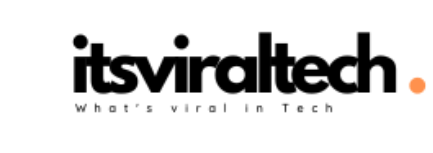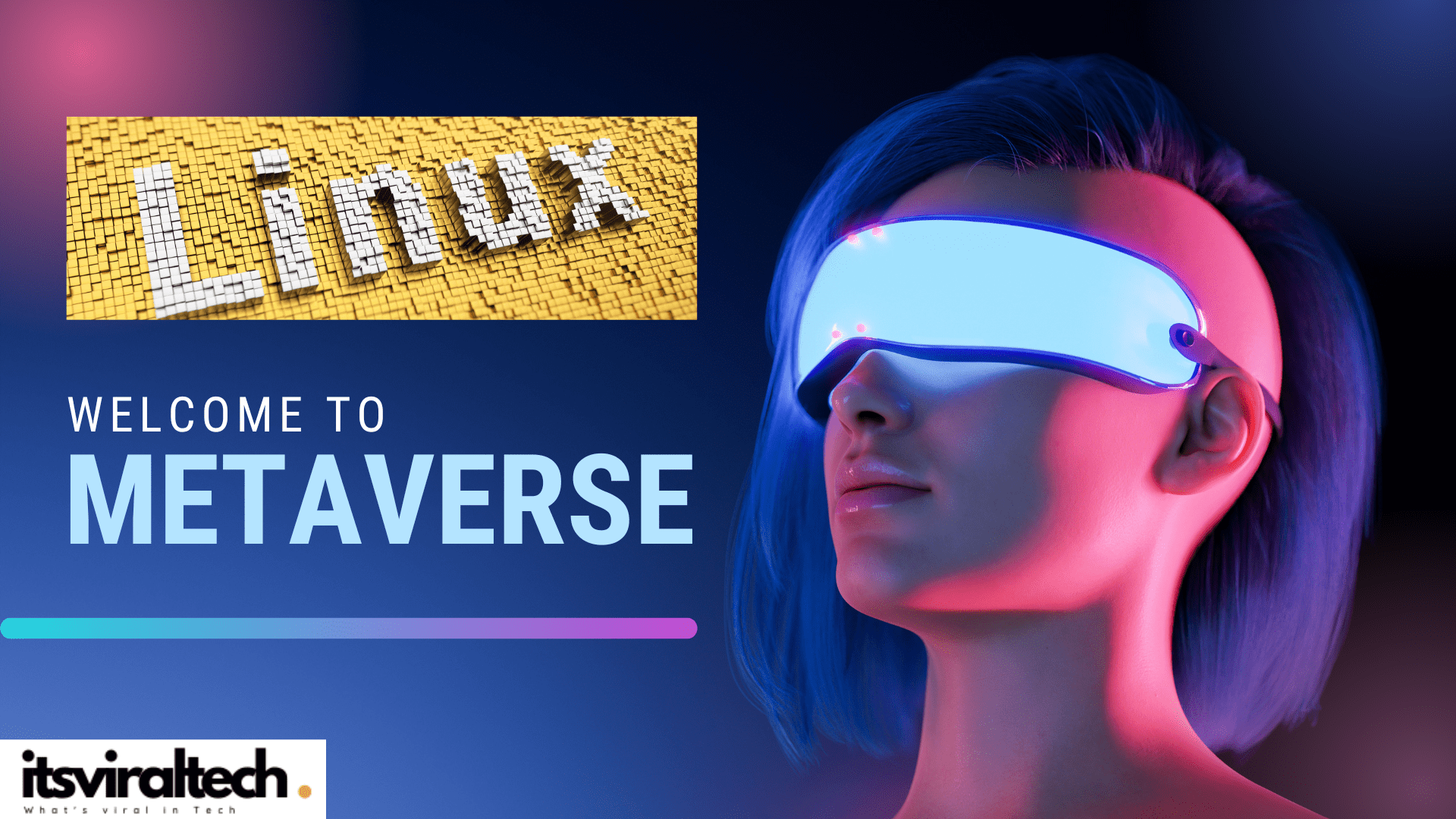The Linux Foundation project (LF) continues to drive the growth of open-source technology by developing a better metaverse and digital record of the physical world. In December, LF introduced the Open Metaverse Foundation (OMF) to offer a global, vendor-neutral, and scalable metaverse by creating open-source software and standards. Join the diverse industries in developing a better metaverse through LF’s OMF collaboration space. First of all, know the Metaverse Meaning in detail.
What is Metaverse Meaning?
Imagine a technologically advanced universe that combines the digital and physical worlds to allow for immersive, interactive experiences. This is what tech futurists have dubbed “the metaverse” – an interconnected landscape of inventions like virtual reality, augmented reality, artificial intelligence, blockchain, and beyond. A place where users can interact with each other in real time!
In the metaverse, users can create their own avatars, engage in virtual commerce, attend virtual events, play games, socialize with others, and explore a variety of digital environments. It is essentially a virtual world that exists alongside the physical world, providing new opportunities for collaboration, creativity, and communication.
While the concept of the metaverse has been explored in science fiction for decades, it is increasingly becoming a topic of discussion in the tech industry as advances in technology bring us closer to making this vision a reality.
The Metaverse offers exciting possibilities for revolutionizing the way we interact and engage. But it comes with immense technical challenges, noted Anni Lai, head of open source operations and marketing at Futurewei, as part of the announcement.
“The Metaverse is not some expensive VR headset. It is not NFTs. It is not even Web3. The Metaverse is an open set of data standards that enables shared, accessible, persistent 3D experiences,” offered Vince McMullin, CEO of GenXP.
Declaration by Linux Foundation
In December 2022, the Linux Foundation (LF) declared the establishment of the Overture Maps Foundation (OMF) to develop interoperable open map data, so that the developers can create new map services by utilizing Overture members’ contributions. The aim is to execute the plans for mapping that will engage all sectors in meeting the challenge of creating a digital record of the world for which no organization can be held responsible. The OMF will concentrate on undertaking initiations encompassing cloud and edge computing, artificial intelligence, digital assets, transactions, identity, networking, simulations, and security. By creating open-source software and standards, participating members will collaborate in creating a global, open, vendor-neutral, and scalable metaverse.
“We’re still in the early days of the vision for an open metaverse, and we recognize that many open source communities and foundations are working on vital pieces of this iterative puzzle,” said Royal O’Brien, executive director of the OMF, in the announcement.
“While the challenges may seem daunting, I’m energized by the opportunities to collaborate with a broad, global community to bring these pieces together as we transform this vision into reality,” he added.
Metaverse Organizational Plan
The OMF consists of eight foundational interest groups (FIGs) that facilitate a concentrated, decentralized decision-making structure for crucial topics. It is going to change the Metaverse Meaning.
The FIGs offer customized resources and platforms to discover fresh ideas, complete tasks, and welcome new stakeholders. Composed of enthusiasts from specialized fields, each group endeavors to propel projects or scalable technologies to a higher level while ensuring unambiguous code ownership of every conceivable subpart of the projects.
Also Read: VR Is Revolutionizing Therapy. Why Aren’t More People Using It?
As an example, the OMF has eight FIGS including Users, Transactions, Digital Assets, Simulations, Virtual Worlds, Artificial Intelligence, Networking, and Security and Privacy which can help with GitHub.org, repository, subdirectory, API, test, issue, and public relations management.
New Map-Making Maneuvers
Amazon Web Services, Meta, Microsoft, and TomTom have teamed up to launch the Open Map Federation (OMF), a cutting-edge initiative aimed at fostering collaboration between communities in order to create interoperable open map data. This powerful shared resource has been designed with global mapping services firmly in mind – unlocking innovative solutions that were once out of reach.
Overture’s mission is to enable current and next-generation map products by creating reliable, easy-to-use, and interoperable open map data. Its interoperable map is the basis for extensibility, allowing the companies to contribute their own data.
Mapping the physical environment and every community in the world, even as they grow and change, is a massively complex challenge that no one organization can manage, observed Jim Zemlin, LF’s executive director, in a press release.
“Industry needs to come together to do this for the benefit of all,” he said. “We are excited to facilitate this open collaboration among leading technology companies to develop high quality, open map data that will enable untold innovations for the benefit of people, companies, and communities.”
How It Works
Overture members will combine resources to build map data that is complete, accurate, and refreshed as the physical world changes. Map data will be open and extensible by all under an open data license.
“This will drive innovation by enabling a network of communities that create services on top of Overture data,” noted Zemlin.
Map data today is an integral part of thousands of applications for local search and discovery, routing and navigation, logistics, mobility, autonomous driving, and data visualization. Tomorrow’s map services will power augmented reality applications merging the digital and physical worlds to deliver rich social, gaming, education, and productivity experiences.
OMF’s goal to meet that demand is to incorporate data from multiple sources, including Overture Members, civic organizations, and open data sources. The new map foundation will simplify interoperability, and its unique system will link entities from different data sets to the same real-world entities.
Getting Rid of the Chaff
Overture is aiming to revolutionize the mapping ecosystem with its quality assurance processes and structured data schema. These solutions provide an effective method in combating today’s mapping challenges such as sourcing high-quality, current data from a variety of sources that often have conflicting conventions or vocabularies. With these breakthroughs, organizations will be empowered to access streamlined map services at scale!
Map data is vulnerable to errors and inconsistencies, and open map data can also lack the structure needed to build commercial map products and services on top easily.
“Map data plays an increasingly important role both internally and for our customers across AWS. However, maintaining accurate and comprehensive map data is cost prohibitive and complex, which can put it out of reach for many customers and stifle innovation,” offered Michael Kopenec, General Manager for AWS Geospatial.
With OMF, everyone gets to enjoy the same cutting-edge data technology across a broad array of industries and applications. This revolutionary solution enables individuals and businesses alike to capitalize on both established as well emerging mapping capabilities like never before!
Two Goals Meet
As Jan Erik Solem, engineering director for maps at Meta sees it, the future of tech will be in a seamless fusion between our physical environment and immersive online experiences.
“By delivering interoperable open map data, Overture provides the foundation for an open metaverse built by creators, developers, and businesses alike,” Solem said.


One thought on “Linux Foundation Takes on Metaverse, Physical World Mapping Challenges”